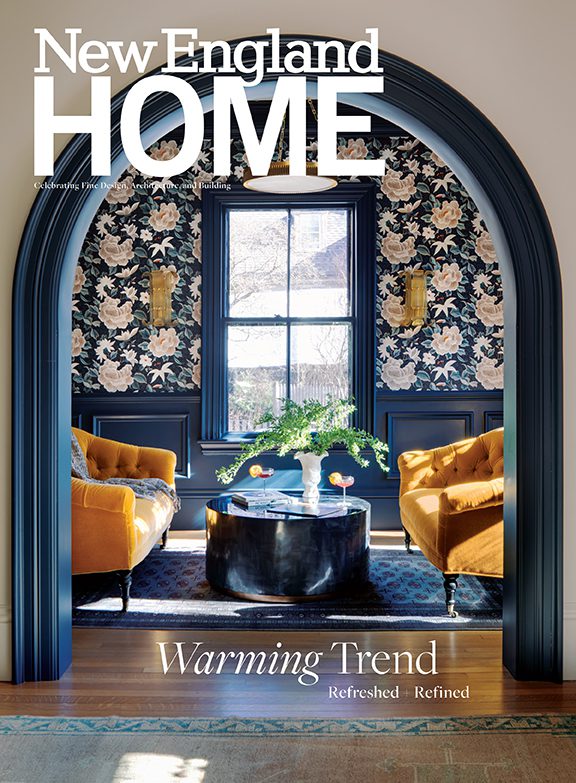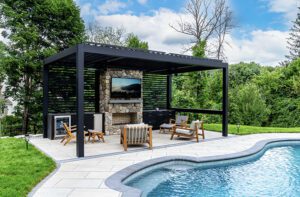Leslie Saul: Generalists vs. Specialists
June 17, 2013
In architecture and design, like in medicine, a good generalist can be harder to find than a good specialist.
The reasons for this are varied. For one, generalists must know a lot about a lot of things, which is no easy feat of education. Specialists also tend to make more money, perhaps because being a generalist also poses a variety of marketing and branding conundrums. Specialists are easy to understand and sell: In medicine, for example, a doctor might pitch, “I have operated on thousands of ankles, and if you have trouble with your ankle, I’m your specialist,” while the generalist requires a bit more explaining and sounds less impressive: “I see my patients regularly and try to track the subtle shifts in their health in order to figure out how to prevent a major health crisis from happening in the future.”
Now, it is true that the specialist knows more about her area of expertise than the generalist. However, the generalist knows more about more areas of practice than the specialist. The generalist thus can think about a problem in an open-minded way, bringing to bear on the problem perhaps a shallower knowledge of each part, but broader knowledge of the whole. By having knowledge and interest in all the parts, the generalist can make serendipitous connections between those seemingly disconnected bits of information. This kind of fresh thinking leads to a depth of understanding that may elude the specialist. In design, this translates to a generalist perhaps taking a more holistic approach to a project than a specialist might.
One of my first assignments at Rhode Island School of Design was to design a structure that would support a person and be assembled from one two-by-four, and no screws, nails or glue were to be used. We formed teams of two. I had the idea of taking the two-by-four and cutting it into shoe-length pieces, lining up “sticks” on the two-inch edge, held together with book straps, the strap enclosing both my feet and the wood. I had no idea how to make this design a reality. My partner knew just how to cut and shape the wood, so that the sticks fit perfectly. We had made platform sandals, maybe more similar to Dutch clogs than the ’70s platform shoes of the day. At our presentation, held at the auditorium, students came on stage, sat on their boxes, pyramids and other creative forms that supported their weight (at least most of them) when seated or standing. When it was our turn to show off our creation, I walked, no, strutted, albeit awkwardly, across the stage, wearing our loosely assembled shoes. That moment, I realized I had no experience with designing support structures or with woodworking, but that I clearly needed a better understanding of the concept. And thus was born a generalist.

A private residence in Newton, Mass by Leslie Saul & Associates; photos courtesy of Leslie Saul & Associates
I’ve been creating designs for more than twenty years. When I first started the business, I listened to the marketing consultants, and presented my business as one of specialists, just changing the specialty as the need arose. When we designed our first website in 1997, I realized that the cat would be out of the bag, that our clients would know that we had multiple specialties. This was scary at the time. How would/could our work on senior-living facilities be relevant to a client with corporate headquarters project? It turns out, plenty!

A senior living facility designed by my firm

The office of Version 2.0 Communications
We design projects for people who live (private homes), learn (libraries, colleges and also churches and synagogues), work (corporate and non-profit offices), age (facilities for seniors), and play (fitness, day care, restaurants and retail), all at the same firm. We also do architecture and interior design. And it’s been a success.

The Cohen Florence Levine Estates in Chelsea, Mass.
Are you a generalist or a specialist? Let me know what you think! Please contact me at leslie@lesliesaul.com
P.S. We form teams of specialists for every project. These specialists, such as structural engineers and specialty builders, are critical to the success of our projects. We appreciate our specialists; we need you,
P.P.S. Sorry I don’t have any pictures of me on my platform shoe support structure from the ’70s. I’ll keep looking…
Share
![NEH-Logo_Black[1] NEH-Logo_Black[1]](https://b2915716.smushcdn.com/2915716/wp-content/uploads/2022/08/NEH-Logo_Black1-300x162.jpg?lossy=1&strip=1&webp=1)






